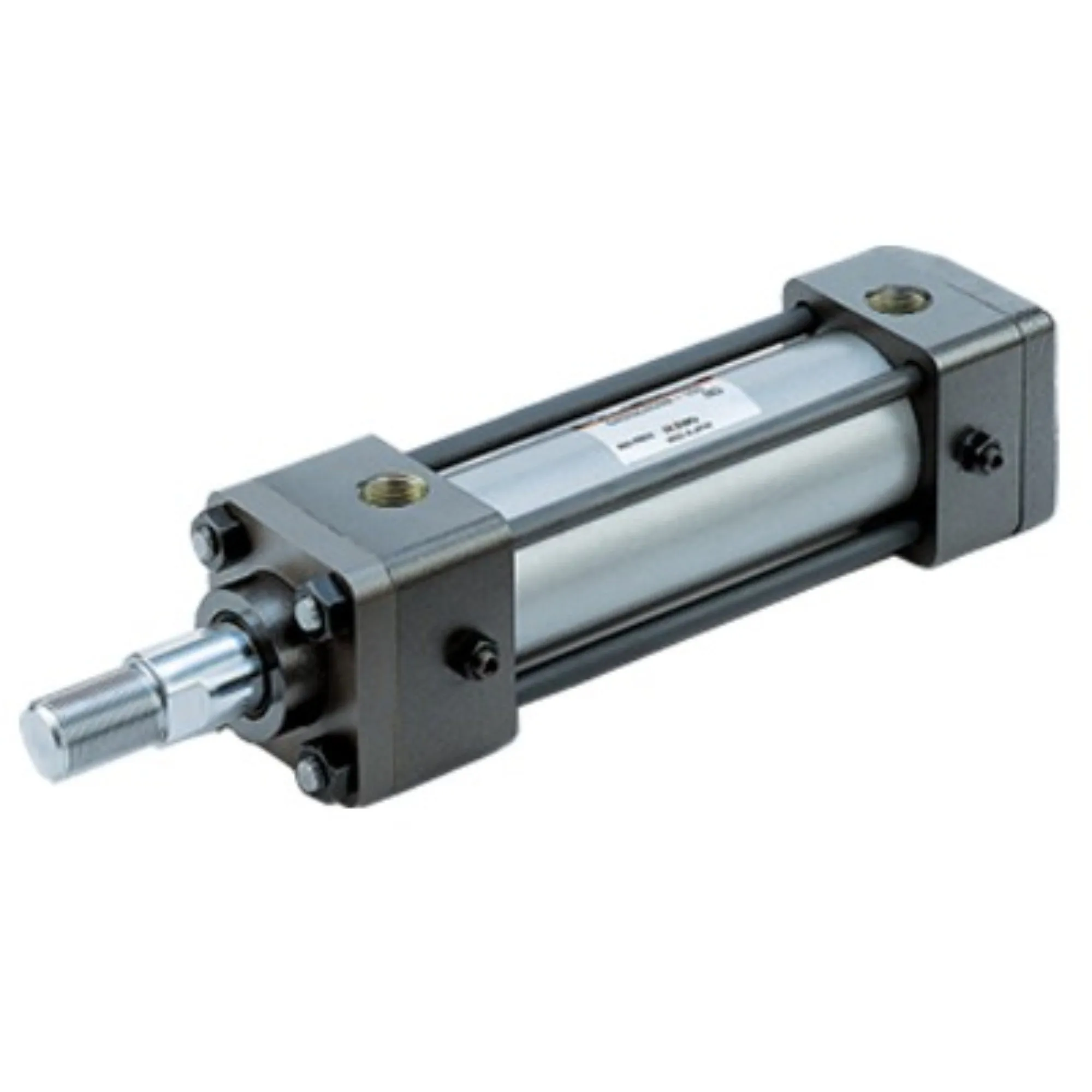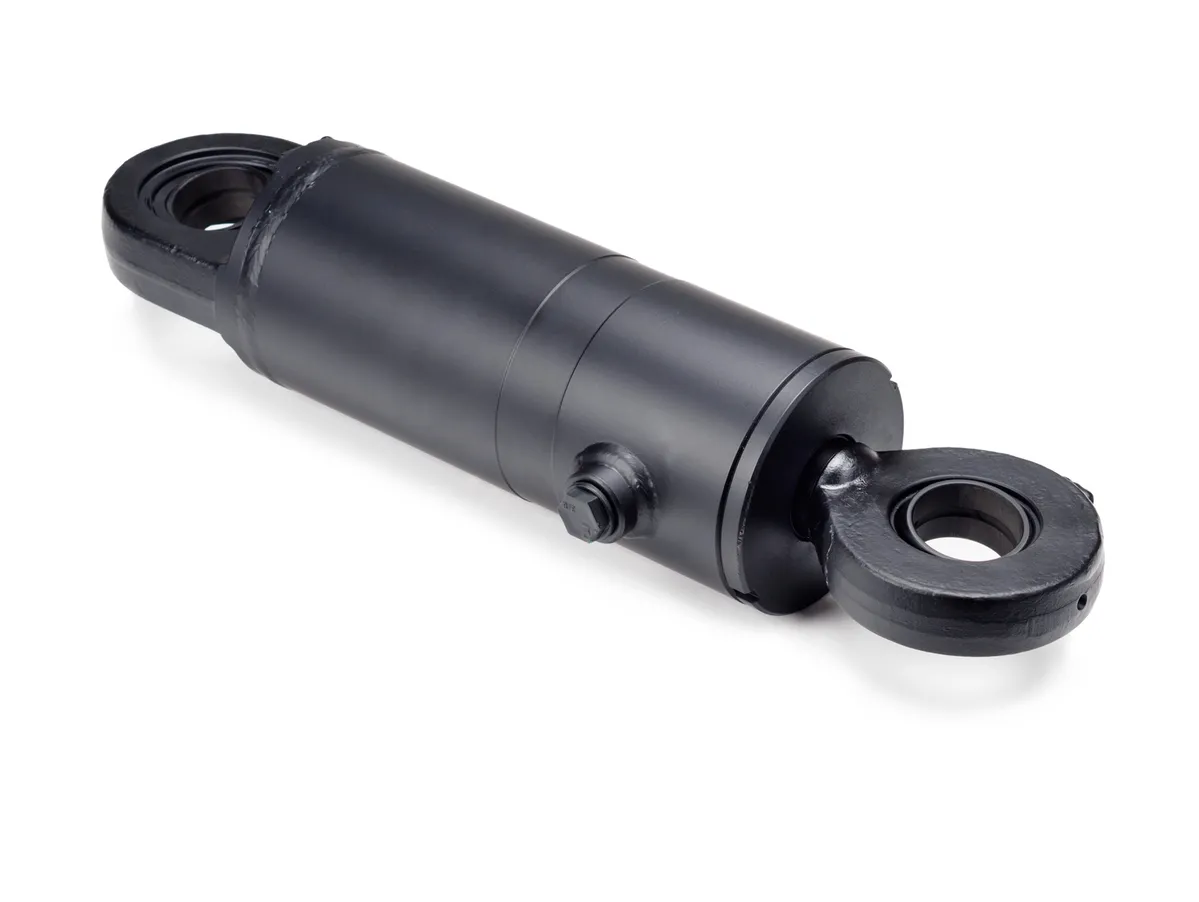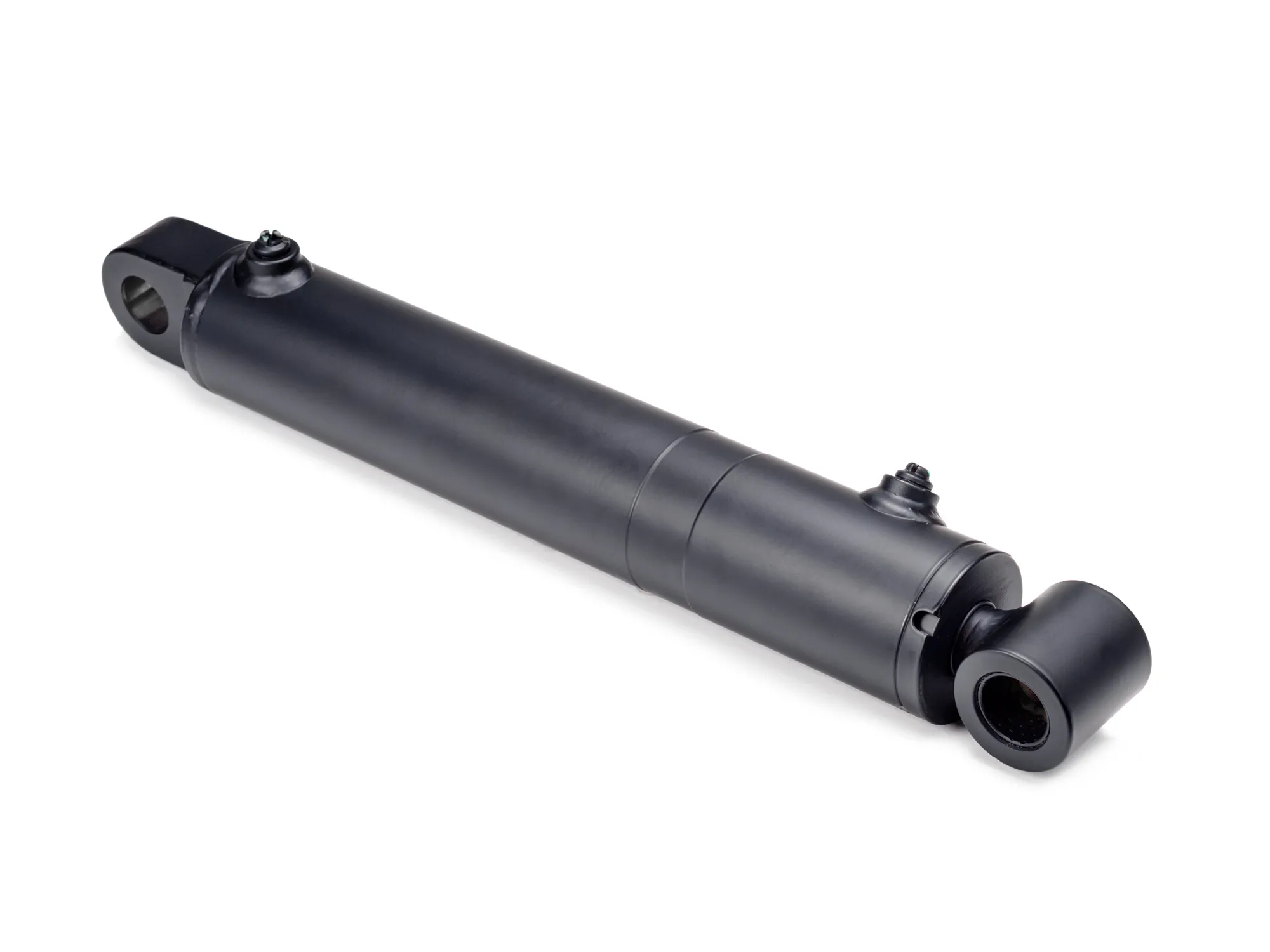Unlocking the Power of Locking Single-Acting Hydraulic Cylinder For Hydraulic Tools
Subtitle: Understanding the Key Words

Locking single-acting hydraulic cylinders work under hydraulic pressure in one direction and have a locking function to prevent movement in the absence of pressure. Let’s delve into the design and construction characteristics of these powerful tools.
Locking Mechanism – Safety
The main feature of the locking single-acting hydraulic cylinder is its locking mechanism, which ensures the piston remains in a safe position even when hydraulic pressure is lost, preventing accidental retracting. This mechanism can be either mechanical or hydraulic.

Variety
The design of the locking mechanism can be customized to suit specific applications, utilizing spring-loaded locking devices, pin locks, or other forms of mechanical locks.
Compact Structure – Space Optimization
Locking single-acting hydraulic cylinders are designed to be compact, making them ideal for use in space-limited environments. Their versatility allows them to be used in various equipment and machinery.
Precision Manufacturing – High-Precision Machining
Components of these cylinders require high processing accuracy to ensure proper fit and sealing performance, minimizing the risk of leakage. Strict quality control measures are implemented during production to guarantee the reliability of each component.
Assembly Process

Specialized technicians handle the assembly process to ensure correct installation and calibration of individual components. Pressure tests are conducted post-assembly to confirm performance and tightness.
Working Principle of Locking Single-Acting Hydraulic Cylinder
When hydraulic oil is pumped into the chamber, the cylinder extends and pushes the piston outward. The retraction is controlled by a locking mechanism that holds the piston in place, ensuring safety even in the event of hydraulic pressure loss.
Types and Configurations
There are three main types of locking single-acting hydraulic cylinders, each designed for specific applications. These configurations offer versatility and efficiency in various industrial settings.
Benefits of Locking Single-Acting Hydraulic Cylinder
Enhanced security, reliability, and simplicity are among the major benefits of using these cylinders. Their design ensures safe and consistent operation in demanding conditions.
Application Scenarios
From construction equipment to aviation, locking single-acting hydraulic cylinders find applications in a wide range of industries where safety and stability are paramount.
Design Considerations and Selection Criteria
When selecting a locking single-acting hydraulic cylinder, factors such as bearing capacity, sealing, durability, safety, and maintainability should be carefully considered to ensure optimal performance.
Sealing and Lubrication
Proper sealing and lubrication are essential for the efficient operation of locking single-acting hydraulic cylinders. Regular maintenance and the use of quality seals and lubricants are crucial for longevity.
Preventive Maintenance
Implementing regular inspections and maintenance measures can help prevent potential issues and extend the lifespan of locking single-acting hydraulic cylinders.
Installation Guide
Follow our detailed installation guide to ensure the correct installation of locking single-acting hydraulic cylinders, maximizing their efficiency and performance.
Maintenance Tasks
Regular inspection, lubrication, seal replacement, and calibration checks are key maintenance tasks that can prolong the life of locking single-acting hydraulic cylinders and prevent malfunctions.
Safety Considerations and Environmental Factors
Understanding safety protocols and considering environmental factors are crucial when using locking single-acting hydraulic cylinders to ensure smooth and safe operation.
Fault Diagnosis and Common Problems
Be prepared to diagnose and address common issues that may arise with locking single-acting hydraulic cylinders, minimizing downtime and maximizing efficiency.
Unit Power
Unit power is a critical factor in the performance of hydraulic systems, impacting efficiency and overall operation. Factors like cylinder diameter, operating pressure, piston speed, and load conditions play a role in determining unit power.
Optimizing Hydraulic Power Unit
Optimizing the power unit of locking single-acting hydraulic cylinders can lead to improved efficiency, energy savings, and enhanced reliability, benefiting various industrial applications.
Key Questions Answered
1. How does the locking mechanism in a single-acting hydraulic cylinder work?
2. What are the main components of a locking single-acting hydraulic cylinder?
3. What advantages do locking single-acting hydraulic cylinders offer over standard single-acting cylinders?
4. In what applications are locking single-acting hydraulic cylinders commonly used?
5. How does the locking feature enhance safety during operation?
Long-Tail Keywords
1. Hydraulic Cylinder Locking Mechanism Explained
2. Benefits of Using Locking Single-Acting Hydraulic Cylinder
3. Maintenance Tips for Locking Single-Acting Hydraulic Cylinder
Focus on Our Company
We are a leading hydraulic cylinder replacement manufacturer, offering a complete product line and customized services to meet the diverse needs of our customers. Our commitment to quality, professional service, and customer satisfaction sets us apart in the industry.
Author: lyl

